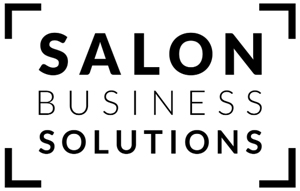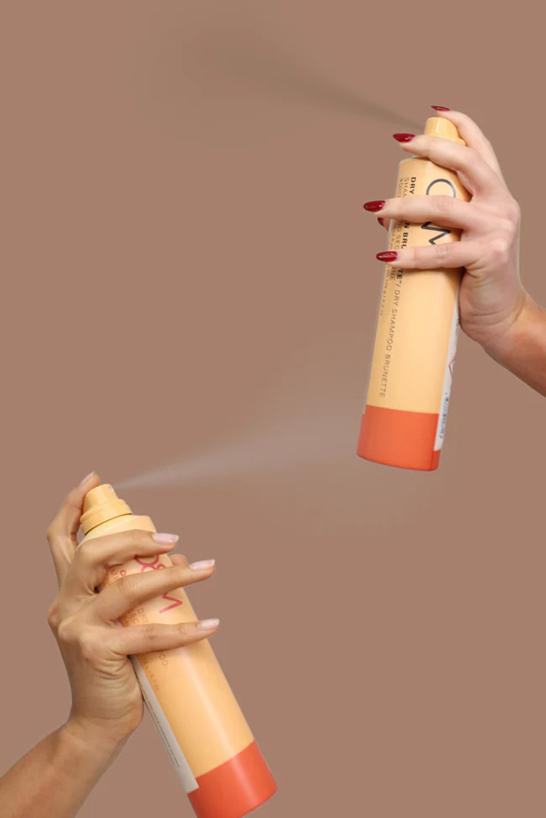- FREE NEXT DAY DELIVERY ON ORDERS OVER £30 | T&C's Apply
How the 2025 Autumn Budget Affects UK Hair Salons & Independent Stylists

The 2025 Autumn Budget didn’t include any big surprises for the hair and beauty sector, but the changes it did introduce will shape how salons and self-employed stylists manage their finances over the next few years. Overall, the Budget brings higher operating costs, slightly easier business rates, and very little direct support for the industry.
1. Rising wage costs for salons
One of the biggest pressures continues to be staff wages. The National Minimum Wage is rising again in 2026, which means:
- Salons with employees will see their payroll costs go up.
- The increases may make it harder to hire juniors or apprentices.
- Some salons may need to adjust prices or working hours to absorb the extra cost.
For employers already dealing with tight margins, this continues a trend of annual cost increases without matched financial support.
2. Business rates relief – helpful, but not transformative
The Budget introduced changes to business rates for retail, hospitality and leisure and hair and beauty sits within this category. The new rules from 2026 will mean:
- High-street salons could see slightly lower business rates than they would have under the old system.
- The government is capping how much rates can jump after the next revaluation, which will help prevent sudden, extreme increases.
This is good news, but it’s not a full fix. Salons still face a tax system that doesn’t always suit small, service-based, high-street businesses, and the relief isn’t enough to meaningfully rebalance rising staff, energy and rent costs.
3. VAT remains unchanged which is tough for growing salons
The Budget didn’t change VAT at all even with all the lobbying that focused on this area prior to the budget. The registration threshold is still £90,000, and the rate is still 20%.
For salons, this means:
- Businesses close to the threshold still face the “VAT cliff edge,” where one extra busy month can push them over and force a big jump in pricing and paperwork.
- Growing salons may hold back on expansion to avoid crossing the threshold.
- Existing VAT-registered salons get no new relief, so their prices and admin responsibilities stay the same.
Many in the industry were hoping for a rise in the threshold or a sector-specific reduction which neither happened.
4. Income tax thresholds frozen - indirect pressure on clients & staff
Tax thresholds remain frozen until 2031. This doesn’t directly change how salons operate, but it affects the people who make the industry run:
- Clients will continue to feel cost-of-living pressure, which often means stretching appointments, cutting back on colour, and reducing add-on treatments.
- Senior stylists and salon owners may drift into higher tax bands over time even if their real income hasn’t grown.
- Independent stylists may see client spending habits tighten further.
This “fiscal drag” means less disposable income in the economy which is never ideal for a personal-service sector.
5. Fuel duty & household energy help – minor benefits for freelancers
A few general measures may help self-employed stylists slightly:
- The freeze on fuel duty is useful for mobile stylists who drive to clients.
- Energy bill support for households offers a small cushion for people running home salons.
However, these are minor benefits and don’t offset the wider cost pressures.
Overall impact on the hair & beauty sector
Putting everything together, the 2025 Autumn Budget leaves the industry in a mixed position:
What gets easier
- Slightly lower business rates for high-street salons.
- Fuel duty freeze helps mobile stylists a little.
What gets harder
- Rising wage costs without matching support.
- VAT threshold unchanged, continuing to restrict growth.
- Frozen tax thresholds squeezing both clients and salon owners.
- No new help for apprenticeships, training, or energy bills.
What this means for businesses in the industry
Most salons and stylists will need to keep a close eye on pricing, staffing, and profitability. The Budget doesn’t bring any major relief, and the cost pressures, especially wages and tax drag will continue to build. Growth remains difficult for small salons, and competition will stay intense on the high street.
Check back next week to view our report on top tips to make your salon/business more profitable and tackle the challenges presented in the Autumn budget...











